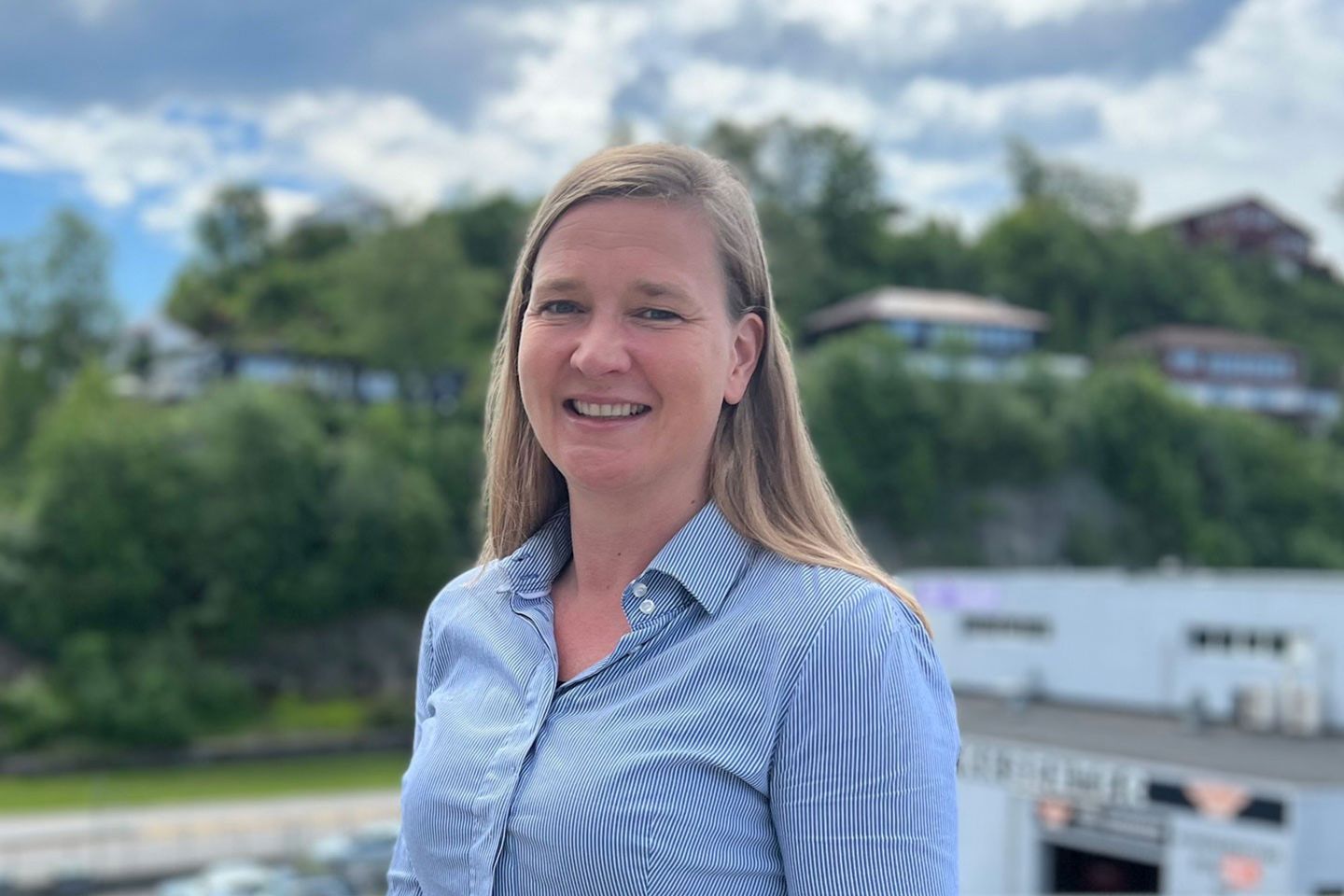When the earthquake comes
Professional profile

Photo: Multiconsult
Norway is the area in Northern Europe that experiences the most earthquakes. Most are small, but a few earthquakes a year are so powerful that they are felt by people.
– In the early stages of a project, I am in dialogue with the architect and provide advice on, among other things, design, load-bearing and materials to create a holistic and good building with regard to function and environmental requirements. When the building begins to take shape, I set up a so-called global analysis, which calculates how wind forces should be absorbed into the ground, and takes into account how earthquakes act from the ground up in the building, setting masses in motion, and creating forces that must be transferred via shafts and surrounding structures, explains Åse.
These forces must be taken into account when, for example, concrete shafts are to be reinforced or steel crosses are dimensioned, and at all junctions between prefabricated elements in the main load-bearing system.
– All larger buildings must undergo such an analysis. Earthquake forces can be greater than the loads from wind for all buildings with a certain weight, she says.
Major consequences
On October 23, 1904, an earthquake shook both sides of the Oslofjord so strongly that it caused panic in several places. The quake measured 5.4 on the Richter scale, and is the largest in this part of Norway in recent times.
– The buildings consisted mostly of small wooden houses, which generally have a high tolerance for shaking. Nevertheless, the quake caused major damage, including cracked walls in several brick churches. Today's heavy buildings with fewer bracing walls on the entrance floor than on the upper floors will quickly collapse in a similar earthquake if they are not designed for earthquake forces, says Åse.
In addition, increased population density and a more vulnerable infrastructure could mean that the consequences today would be much greater. Since it is impossible to predict when the next major earthquake will occur, it is important that buildings are designed to withstand it.
– Some people think that it is silly to design for earthquakes, but firstly it is a requirement, and secondly it can actually happen, Åse points out.
Own paths
Åse grew up in Volda in Sunnmøre with a father who is a history professor and a mother who worked as a teacher.
– I went my own way, and applied to the civil engineering program in structural engineering at NTNU. After my master's degree, I enrolled in African studies at NTNU, and traveled around Africa for a few months, before starting my doctorate, she says.
The doctoral thesis on fiber-reinforced concrete was completed in 2008.
– Steel fiber reinforcement as a replacement for comb steel in load-bearing concrete structures is labor-saving both on construction sites and in the prefabrication industry. At the same time, you can achieve smaller crack widths and thus more durable concrete structures, and waterproof structures can be a very relevant area of application, she explains.
Åse has continued to work on guidelines for the use of fiber-reinforced concrete after she was employed at Multiconsult. Among other things, she has co-authored a guide for the use of fiber reinforcement through the Norwegian Concrete Association, where she also led the committee work for the last year before publication.
– We are only now seeing an increasing use of fiber reinforcement – we receive weekly inquiries from contractors and builders around the country who want to use it. It was an exciting topic to do a doctorate on, and the research led to interesting results that had a wide impact within the concrete community, she says.
Useful network
When she finished her doctorate, Åse started working at Multiconsult's office in Bergen, where she has been since.
– In a company as large as Multiconsult, you get the opportunity to delve into the topics you find most exciting to work on. I work on a wide range of different projects – everything from strengthening old, listed wooden churches and waterproof structures such as swimming pools, to rest areas along national tourist routes, schools, office buildings and hotels, she says.
The great variety in projects and issues is one of the things Åse enjoys most about her job.
“No day is the same, and my job is never boring. Even though I specialized in concrete, a large part of the projects I work on today are about designing wooden structures. The use of solid wood and glulam is becoming increasingly relevant due to the environmental focus of both builders and consultants,” she says.
The collaboration across regions, departments and offices in Multiconsult is a great advantage, Åse believes.
“Our expertise network is fantastic – we know who is good at what and share our knowledge. My expertise lies primarily in fiber-reinforced concrete, but Multiconsult in Bergen is also far ahead when it comes to detailed design of wooden structures, she concludes.